Did you know there are over 50 rainbowfish species in the wild? These colorful fish from Australia and New Guinea are loved for their bright colors and lively ways. If you’re thinking of adding rainbowfish to your aquarium, it’s important to offer the right care. This guide will show you everything you need to know, including setting up their tank, the best water conditions, their diet, who they get along with, and how to breed them.
No matter if you like the Boesemani, dwarf neon, or Western rainbowfish, you’ll learn what they all need here. We’ll also talk about keeping them healthy and happy, their common diseases, and who they can live with. Ready to learn how to care for these amazing fish?
Table of Contents
Key Takeaways
- Rainbowfish come in a wide variety of species, each with unique appearances and colorations
- Proper tank setup, including appropriate size, water parameters, and filtration, is crucial for rainbowfish health
- A balanced and varied diet is essential for maintaining vibrant colors and overall well-being
- Choosing compatible tank mates and understanding rainbowfish behavior is key to a peaceful community tank
- Many rainbowfish species can be bred in the home aquarium with the right conditions and care
Introduction to Rainbowfish
Rainbowfish are stunning freshwater fish loved by many around the globe. They are part of the Melanotaeniidae family and stand out for their bright colors and lively nature. Let’s dive into the world of rainbowfish, looking at where they come from and what makes them so popular with aquarium fans.
What are Rainbowfish?
In the family Melanotaeniidae, rainbowfish are from Australia and New Guinea. They have long bodies, two dorsal fins, and come in vibrant colors. Males are brighter, showing off blues, reds, oranges, and yellows. Their colors get even more vivid during mating or when they’re excited, turning the aquarium into a spectacle.
Rainbowfish have scales that reflect light, creating a stunning glow as they move. Their shiny scales, along with their colors, make them real eye-catchers in any tank.
Origin and Natural Habitat
Their home is in the tropical and subtropical areas of Australia and New Guinea. They live in all kinds of freshwater, from soft and acidic to hard and alkaline. This shows how well they adapt to different water types.
Their natural home includes lots of plants, logs, and rocks. These give them places to hide, lay eggs, and find food. In the wild, they swim in groups, looking for food and staying safe together.
Interesting fact: Some rainbowfish, such as the Boesemani rainbowfish, are named after their first discovery locations or those who described them.
Knowing where rainbowfish come from helps recreate the best tank environment for them. This ensures they are healthy and live well. Their tank should be similar to their natural home as much as possible.
| Characteristic | Description |
|---|---|
| Body Shape | Elongated, streamlined |
| Fins | Two dorsal fins, rounded or pointed caudal fin |
| Coloration | Vibrant shades of blue, red, orange, and yellow |
| Sexual Dimorphism | Males are more colorful than females |
| Iridescence | Shimmering scales that reflect light |
Next, we’ll look deeper into various rainbowfish types often found in aquariums. We’ll discuss unique traits and the care they need.
Types of Rainbowfish
Rainbowfish come in many species and are popular among aquarium enthusiasts. They bring different colors and behaviors to your tank. This introduction will focus on Boesemani, dwarf neon, and Western rainbowfish types.
Boesemani Rainbowfish
Boesemani rainbowfish (Melanotaenia boesemani) are known for their striking colors. Males sport a mix of blue and orange, while females shine in silvery-blue. These fish grow up to 4 inches long (10 cm).
Dwarf Neon Rainbowfish
Dwarf neon rainbowfish (Melanotaenia praecox) are a smaller option. Males are a vibrant blue with red-orange fins. Females are more subtle, with a silvery body and yellow fins. They reach about 2 inches (5 cm) in size, fitting well in smaller tanks.
Western Rainbowfish
Western rainbowfish (Melanotaenia australis) are not as common but are just as fascinating. They need the same care as larger rainbowfish. Color-wise, these fish show off silver, blue, and yellow. Males outshine females and can grow to 5 inches (12.5 cm).
| Species | Size | Coloration |
|---|---|---|
| Boesemani Rainbowfish | Up to 4 inches (10 cm) | Males: Iridescent blue front, orange back Females: Silvery-blue |
| Dwarf Neon Rainbowfish | Up to 2 inches (5 cm) | Males: Shiny blue body, red-orange fins Females: Silvery body, yellow fins |
| Western Rainbowfish | Up to 5 inches (12.5 cm) | Varies by population, typically silver, blue, and yellow |
When you pick rainbowfish, think about the tank’s size and who will live with them. By mixing different types that go well together, your aquarium will look amazing. This mix will highlight the many beauties and shapes of these fish.
Setting Up a Rainbowfish Aquarium
Making a good home for rainbowfish means thinking about their needs. You should look at the right tank size, the water, and how you clean it. This will help your rainbowfish do well in their tank.
Tank Size and Requirements
Rainbowfish like to swim a lot, so they need a big tank. The size depends on the rainbowfish kind you have. For big ones like Boesemani, you need a longer tank, at least 4 feet. But, smaller fish like dwarf neon rainbowfish are fine in a 20-gallon or 29-gallon tank.
Choose your tank carefully for your rainbowfish. Here’s what you should think about:
- Make sure it’s long instead of tall for good swimming space.
- They jump, so a secure lid is a must.
- The gravel should be soft so they don’t get hurt.
Water Parameters
Rainbowfish come from warm places in Australia and New Guinea. They need water that’s just right to stay healthy. It’s important to keep the water conditions stable.
| Parameter | Ideal Range |
|---|---|
| Temperature | 74-82°F (23-28°C) |
| pH | 6.5-8.0 |
| Hardness | 5-20 dGH |
Use a good test kit to check the water often. This helps prevent stress and keeps your fish healthy.
Filtration and Maintenance
Filtration is key to clean water for your fish. It takes away dirt and harmful things while moving the water. This is very important.
Here are some ways to filter your fish tank:
- Hang-on-back (HOB) filters are great for beginners. They’re simple to use and clean.
- For bigger tanks, canister filters are best. They clean the water very well.
- Sponge filters are gentle and great for baby fish. They’re powered by air.
Maintenance is also a big deal for a healthy tank. Change a bit of the water every week to keep it fresh. Also, clean the gravel and other things in your tank. This keeps the place nice for your fish.
Decorating Your Rainbowfish Tank
Setting up a rainbowfish tank needs a careful balance. They love open areas for swimming freely. But, they also enjoy an aquarium filled with live plants, making it feel like their natural home. To make your rainbowfish happy, mix in different live plants for a lush look.
Choose plants that suit rainbowfish’s needs. They should handle the water and light right. Some great choices for your tank are:
- Vallisneria: Perfect for the background, it helps block male rainbowfish’s view, lowering fights.
- Java Fern: It’s easy to take care of and looks great on driftwood or rocks for a natural vibe.
- Anubias: This green plant is simple to look after and doesn’t need to be put in the substrate.
- Cryptocoryne: It comes in different colors and sizes, adding a variety to your tank.
Don’t forget to add decorative items besides plants. Driftwood and rocks boost the tank’s look. They also offer your fish some hiding spots and territories. Just make sure you leave plenty of room for the rainbowfish to swim freely.
For aquascaping a rainbowfish tank, mix dense and open spaces. Put tall plants at the back like Vallisneria, and short ones in the front. Arrange driftwood and rocks wisely. This makes natural-looking barriers that don’t take away space from the fish.
Remember, a good rainbowfish tank decoration is a balance of beauty and practicality. Create a well-planted space with enough room to swim. This way, your tank will thrive, showing off your rainbowfish’s vibrant colors in a lively home.
Rainbowfish Diet and Feeding
Keeping your rainbowfish bright and healthy means giving them good food. They eat both meat and plants, so you have many choices for what to feed them. Knowing what to feed and when helps them stay lively.
Types of Food
Rainbowfish enjoy a varied diet. Give them top-notch flakes, pellets, and live or frozen foods. Since they have small mouths, pick food they can eat easily. Here are some great foods for rainbowfish:
- High-quality flake food formulated for tropical fish
- Micro pellets or crushed pellets suitable for their mouth size
- Frozen foods such as brine shrimp, daphnia, and bloodworms
- Live foods like daphnia, brine shrimp, and mosquito larvae
- Blanched vegetables such as spinach or zucchini (for plant-eating species like Western rainbowfish)
Meaty foods like brine shrimp and bloodworms can make their colors pop. These foods keep rainbowfish looking great. Some, like the Western rainbowfish, also like vegetables. Adding veggies can be good for them.
Feeding Schedule
Rainbowfish love to eat many times a day. It’s best to feed them small meals often. Here is how you can feed your rainbowfish:
| Time | Food Type | Amount |
|---|---|---|
| Morning | High-quality flake food | Small pinch, consumed within 2 minutes |
| Midday | Frozen brine shrimp or daphnia | Small portion, thawed and rinsed |
| Evening | Live or frozen bloodworms | 2-3 worms per fish |
Always adjust food amounts based on how many fish you have. Make sure the food is all gone in 2 to 3 minutes. Too much food can make them sick and dirty the water.
With a diverse diet and a good feeding plan, your rainbowfish will be healthy and bright. Don’t forget to clean out uneaten food to keep the water fresh for them.
Rainbowfish Tank Mates
When picking friends for your rainbowfish, it’s key to think about compatibility. This helps your aquarium community live together well. Rainbowfish are calm by nature, fitting in with various fish. But, it’s crucial to know some tips to make everything work happily.
Compatible Species
Rainbowfish enjoy the company of their own kind in groups. Yet, they can also live with certain other fish. Good friends for rainbowfish include:
- Other colorful rainbowfish of the same size and spirit
- Tetras, like neons, cardinals, and rummy-noses
- Gentle barbs including cherries and pentazonas
- Calm catfish, such as corydoras and bristlenose plecos
- Gouramis, for example, honey and pearl varieties
- Livebearers of medium size, such as mollies and swordtails
It’s vital to pick tank mates for your rainbowfish that like the same water and are close in size. This helps avoid fights and keeps everyone safe. Rainbowfish are runners, so find fish that can keep up.
Fish to Avoid
Though usually easy-going, rainbowfish have some fishy foes to watch out for. The list of fish you should steer clear of includes:
- Small, shy types that don’t like fast swimmers around
- Biggest cichlids or other big, bossy fish that might pick on the rainbowfish
- Slower, long-finned fish like bettas or angelfish, since rainbowfish might nip their fins
- Invertebrates like cherry shrimp or tiny snails that rainbowfish see as snacks
Always look into what fish need and how they act before adding them with your rainbowfish. With the right choices and a well-kept tank, you can enjoy beautiful and lively underwater scenes. This will highlight the amazing look and behavior of rainbowfish, with other cool fish as their friends.
Rainbowfish Behavior and Social Structure
Rainbowfish love being around others of their kind. They are at their best in groups of six or more. These fish stick together, look for food, and watch out for danger as a team. Being in a school is critical for their happiness.
In an aquarium, rainbowfish set up their own little world. They show off their bright colors and gently fight to see who’s boss. This is all part of how they live. It’s a fun show to watch, especially if there are plenty of places to hide and explore.
For a peaceful tank, more females than males is a good idea. About two or three gals for each guy work well. This ratio lets the males strut their stuff without bothering the females too much. It keeps the peace and makes everyone happy.
Rainbowfish are always on the move, especially in the upper parts of the tank. They love to swim around and play with others. An aquarium with a lot of space is perfect for these active fish. It lets them swim freely and have fun.
Even though rainbowfish are usually nice, they might play rough with slower fish. This isn’t mean, just how they are. But, it’s smart to pick fish that can keep up with them. Don’t add tiny or fragile fish to their tank.
When you know what rainbowfish need, your tank can be a great place for them. They will thrive and show their best colors and behaviors. It’s all about creating a home where they can be themselves.
Rainbowfish Care
As a rainbowfish keeper, I know how important it is to take good care of them. These fish are strong, but they can get sick if their home isn’t just right. I keep them healthy by doing regular tank checks, feeding them a proper diet, and quarantining new additions. This way, I keep diseases away and let my rainbowfish shine.
Common Health Issues
Rainbowfish can face health problems if their home isn’t clean or they feel stressed. The common issues I look out for include ich, fin rot, and bacterial infections. These show up as white spots, frayed fins, or ulcers.
To keep diseases away, I make sure the water is just right, the tank isn’t too full, and I take out any sick fish fast. This keeps my rainbowfish community healthy.
Disease Prevention
Keeping diseases from starting up is essential in rainbowfish care. I focus on a few things to keep my fish in good shape:
- Doing the right tank work: I change the water, clean the bottom, and check the filter every week.
- Feeding the right foods: I give them a mix of foods that help their immune system and keep them strong.
- Quarantine new fish: I keep them separate for two weeks to make sure they’re not sick before they join the others.
Since being proactive is important, I also keep an eye on my fish. If they act odd or look different, it could mean they’re sick. I act fast to help them get better, which keeps my rainbowfish happy and healthy.
An ounce of prevention is worth a pound of cure when it comes to rainbowfish health.
Being watchful and taking action in caring for my rainbowfish makes their home a great place. It brings not only me but also my rainbowfish joy for many years.
Breeding Rainbowfish
Breeding rainbowfish is a fun challenge for aquarium lovers. They’re bright and beautiful fish. It’s amazing to watch their young ones grow. In this guide, I’ll show you how to get started with breeding and raising rainbowfish.
Preparing for Breeding
Rainbowfish breeding needs a few key things. They should get a good diet and live in clean water. Also, make sure there are more females than males.
Rainbowfish lay their eggs on plants or mops. This means they need a place like this in their tank.
For a breeding tank, pick one that’s 20 gallons or more. Add a sponge filter to keep the fry safe. It’s best to have a tank just for breeding. This way, you can keep a good eye on everything.
Fill the breeding tank with water from their main home. Put in some java moss or a spawning mop. This is where the rainbowfish will lay their eggs.
Keep the water warm, between 75-80°F. Use an air stone to make sure there’s enough oxygen.
Raising Fry
Once the eggs are laid, you have a choice. You can either let them stay in the main tank or move them to a separate one. If they stay, add plenty of places to hide.
In a separate tank, keep the same conditions as the breeding tank. Rainbowfish eggs will hatch in about 7-10 days.
When the fry hatch, they are small. Start feeding them tiny live foods. First, give them infusoria.
As they grow, add bigger foods like baby brine shrimp. Feed them a little a few times a day.
| Fry Age | Recommended Food | Feeding Frequency |
|---|---|---|
| 1-3 days | Infusoria | 4-6 times per day |
| 4-7 days | Vinegar eels, microworms | 4-6 times per day |
| 1-3 weeks | Baby brine shrimp, daphnia | 3-4 times per day |
| 3+ weeks | Crushed flakes, small pellets | 2-3 times per day |
Keeping the water clean is very important as they grow. Change the water often but only a little bit at a time.
As the rainbowfish grow, they will look more and more colorful. When they’re about 1 inch long, they can join the main aquarium.
Troubleshooting Common Issues
Rainbowfish are usually tough, but they can face issues. I’ve seen problems like guys fighting, losing color, and bad water. To keep peace, make sure you have more gals for every guy. Add lots of places to hide and break up the view in the tank.
Seeing rainbowfish go dull might mean they’re stressed, hungry, or in bad water. For happy fish with bright colors, mix up their food. Include both plants and meats. Keeping water just right helps keep their colors strong.
To stop fish troubles at the source, test your water often. Change about 10-20% of it each week. Check levels of bad stuff like ammonia. If something’s off, fix it fast with more water changes or better filtering.
It’s easier to prevent rainbowfish issues than to fix them. A healthy tank avoids many problems.
If your efforts don’t fix things, ask a fish expert or a vet. They can give advice just for you. This help will make sure your rainbowfish stay happy and healthy.
| Problem | Possible Causes | Solutions |
|---|---|---|
| Aggression among males |
|
|
| Loss of color |
|
|
| Poor water quality |
|
|
Conclusion
Rainbowfish are perfect for anyone who loves colorful aquariums. This guide tells you everything you need to know. You’ll learn how to choose the right fish, set up their home, feed them well, and keep their water clean. Doing these things right will make your aquarium a beautiful place.
Remember, each rainbowfish species might need something a bit different. You should look into what they like for water, space, and friends. This way, your fish will be very happy. Don’t forget to take care of the tank, too. Clean the water and check its quality regularly to keep your fish healthy.
Rainbowfish are known for their amazing colors and friendly nature. They’re a great choice for a fish tank. If you take good care of them, you’ll see a stunning show in your home. It’s a fun and rewarding hobby. Enjoy your colorful fish and the journey into the fish tank world!
FAQ
What are the most popular rainbowfish species for beginners?
What size tank do I need for rainbowfish?
What water parameters do rainbowfish prefer?
What should I feed my rainbowfish?
Can I keep different rainbowfish species together?
How often should I perform water changes in my rainbowfish tank?
Can I keep rainbowfish with invertebrates like cherry shrimp?
How can I encourage my rainbowfish to breed?
References
| Organization | Focus Area | Website |
|---|---|---|
| International Rainbowfish Association (IRA) | Study, conservation, and breeding of rainbowfish species | rainbowfish.info |
| IUCN Freshwater Fish Specialist Group (FFSG) | Assessment and conservation of freshwater fish, including rainbowfish | iucnffsg.org |
| World Wide Fund for Nature (WWF) | Global conservation efforts, including freshwater ecosystems and rainbowfish | worldwildlife.org |
| Conservation International (CI) | Biodiversity conservation, with initiatives for freshwater ecosystems and rainbowfish | conservation.org |
| Global Biodiversity Information Facility (GBIF) | Open access to biodiversity data, supporting research and conservation of freshwater fish like rainbowfish | gbif.org |
| Society for Conservation Biology (SCB) | Advancing science and practice of conserving biodiversity, including freshwater ecosystems | conbio.org |
| American Fisheries Society (AFS) | Conservation, development, and management of aquatic resources, including freshwater fish | fisheries.org |
| International Union for Conservation of Nature (IUCN) | Red List assessments and conservation actions for species, including rainbowfish | iucn.org |
I am a passionate aquarist with over 30 years of hands-on experience in fishkeeping. My journey began at a young age, collecting fish from the wild and learning through experimentation. Specializing in tropical fish, I bring a deep understanding of the hobby to FishKeepingMadeSimple. The site provides honest, detailed reviews of essential products and accessories to help fellow enthusiasts create the best environments for their fish.

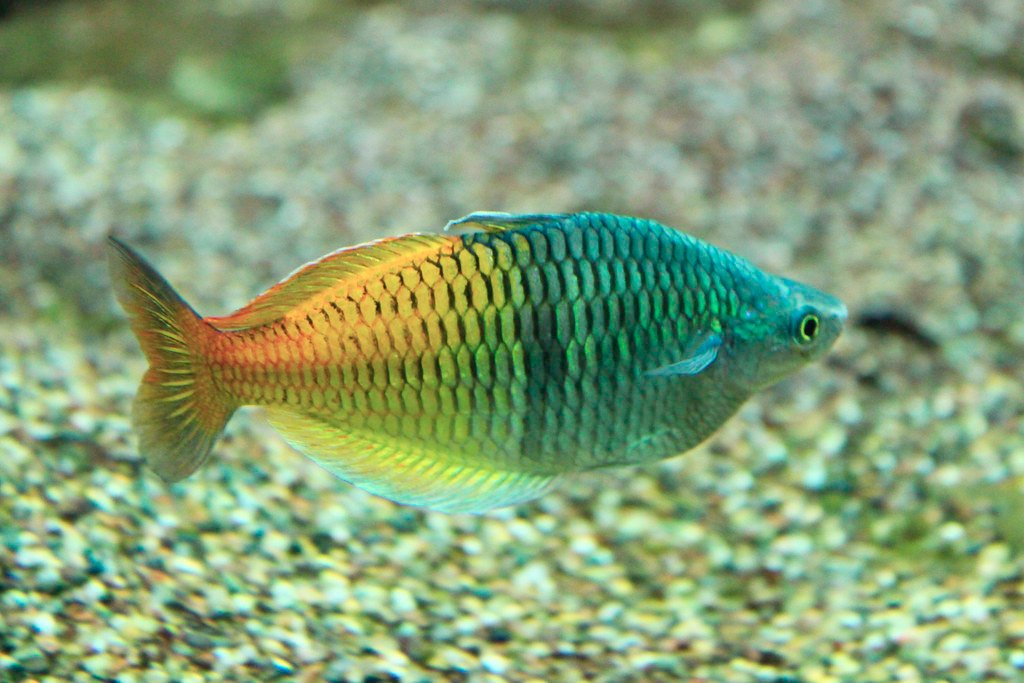

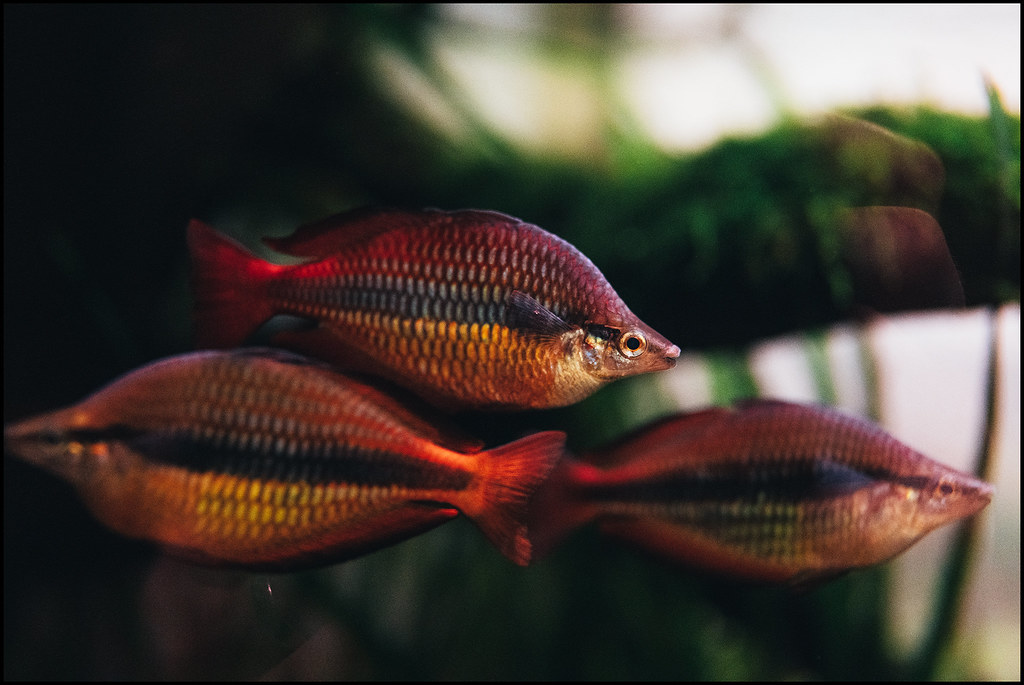

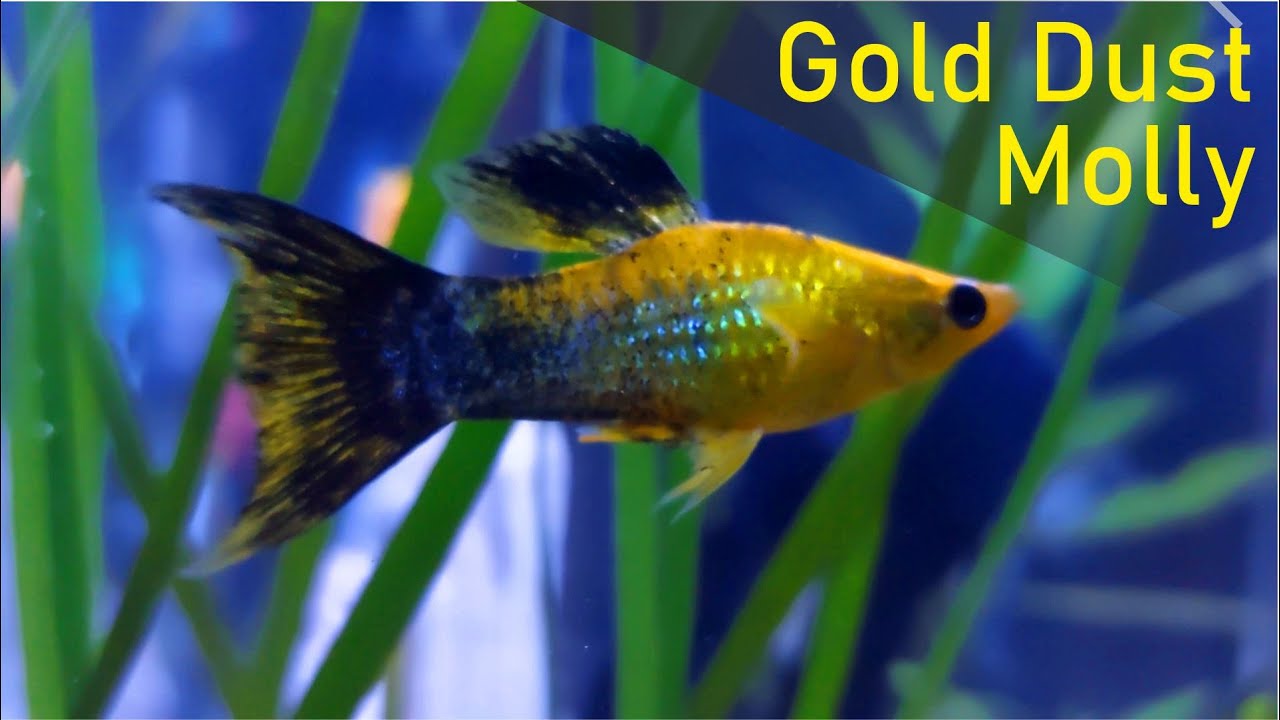
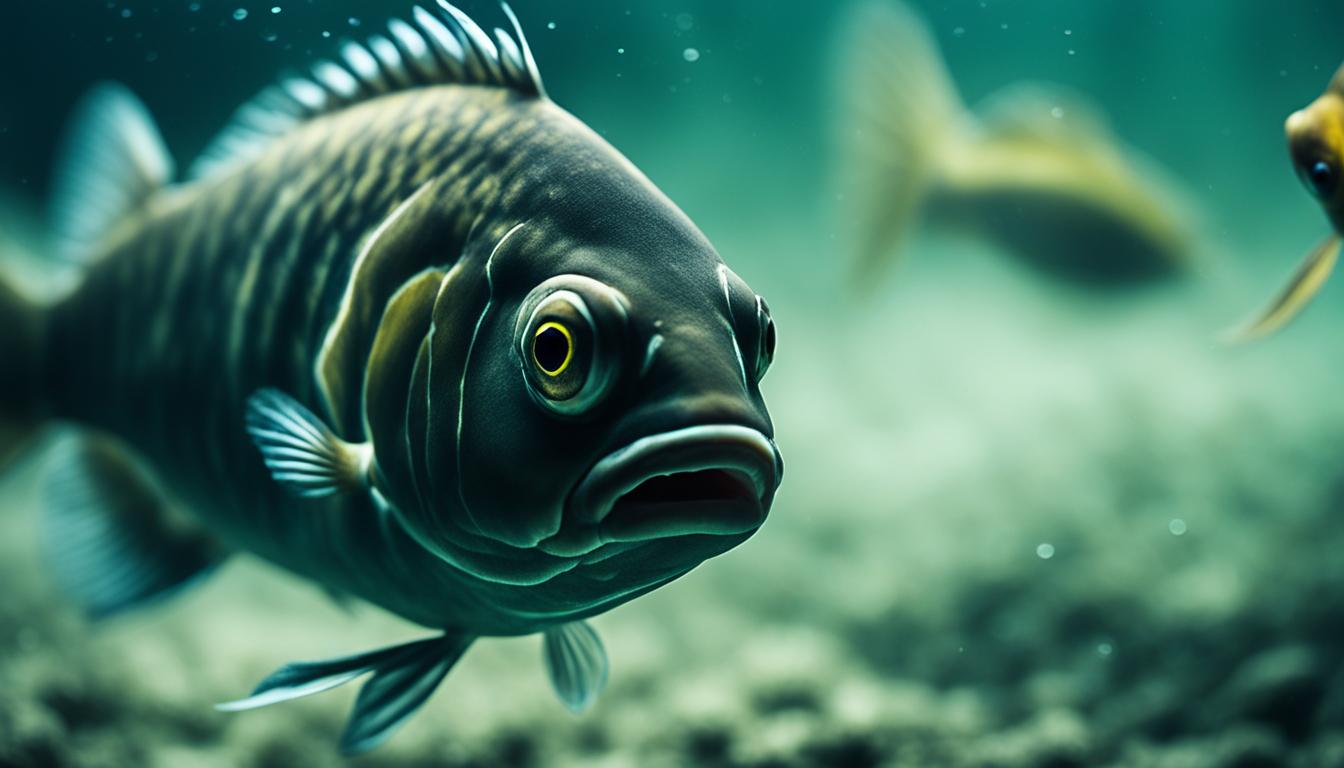
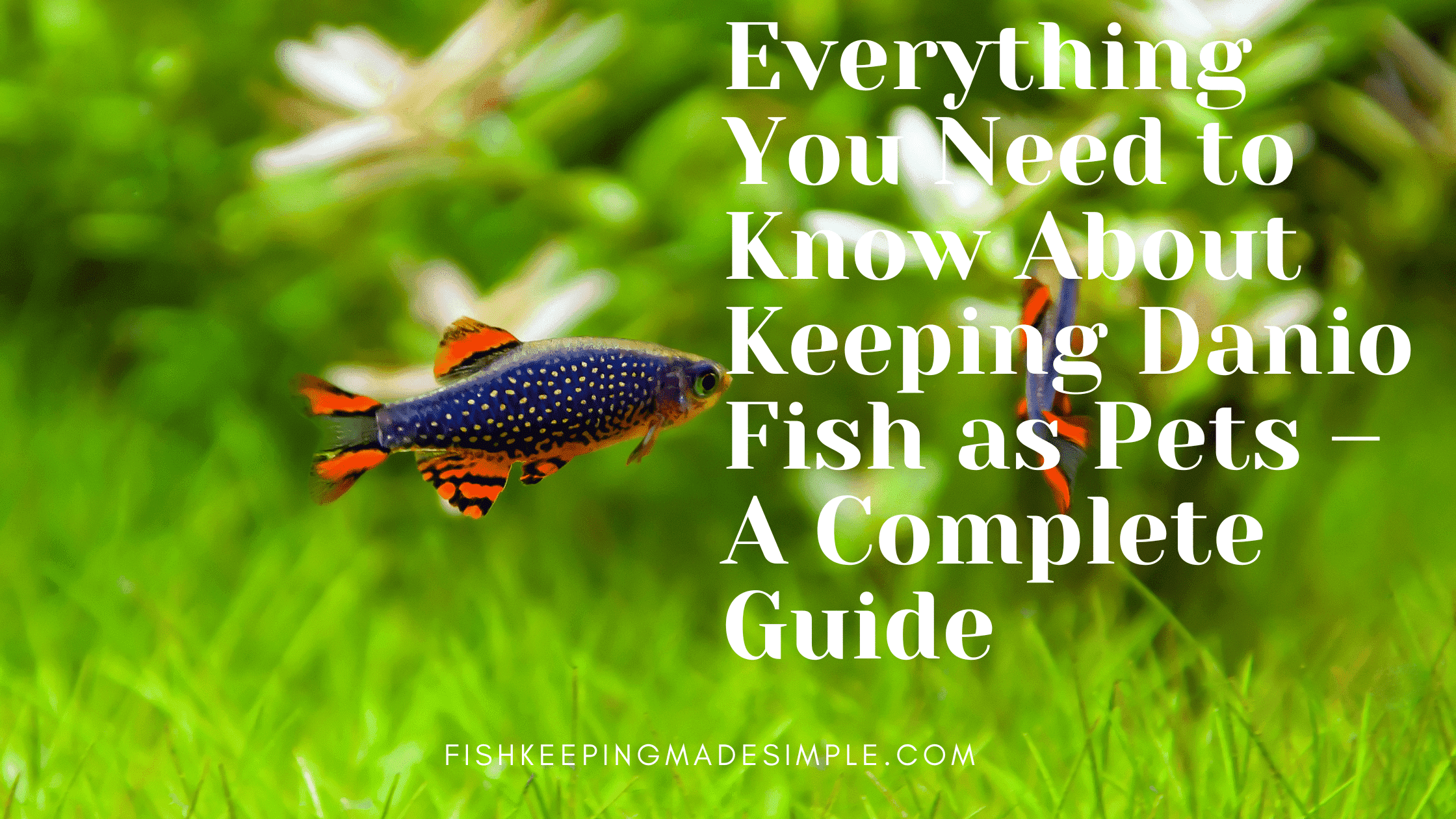
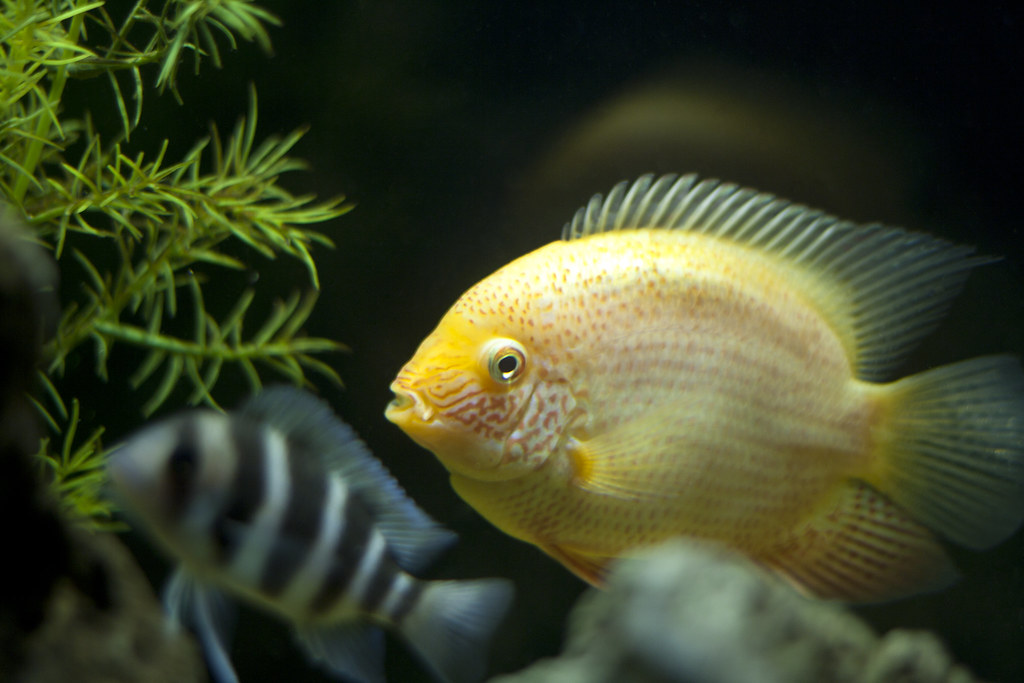

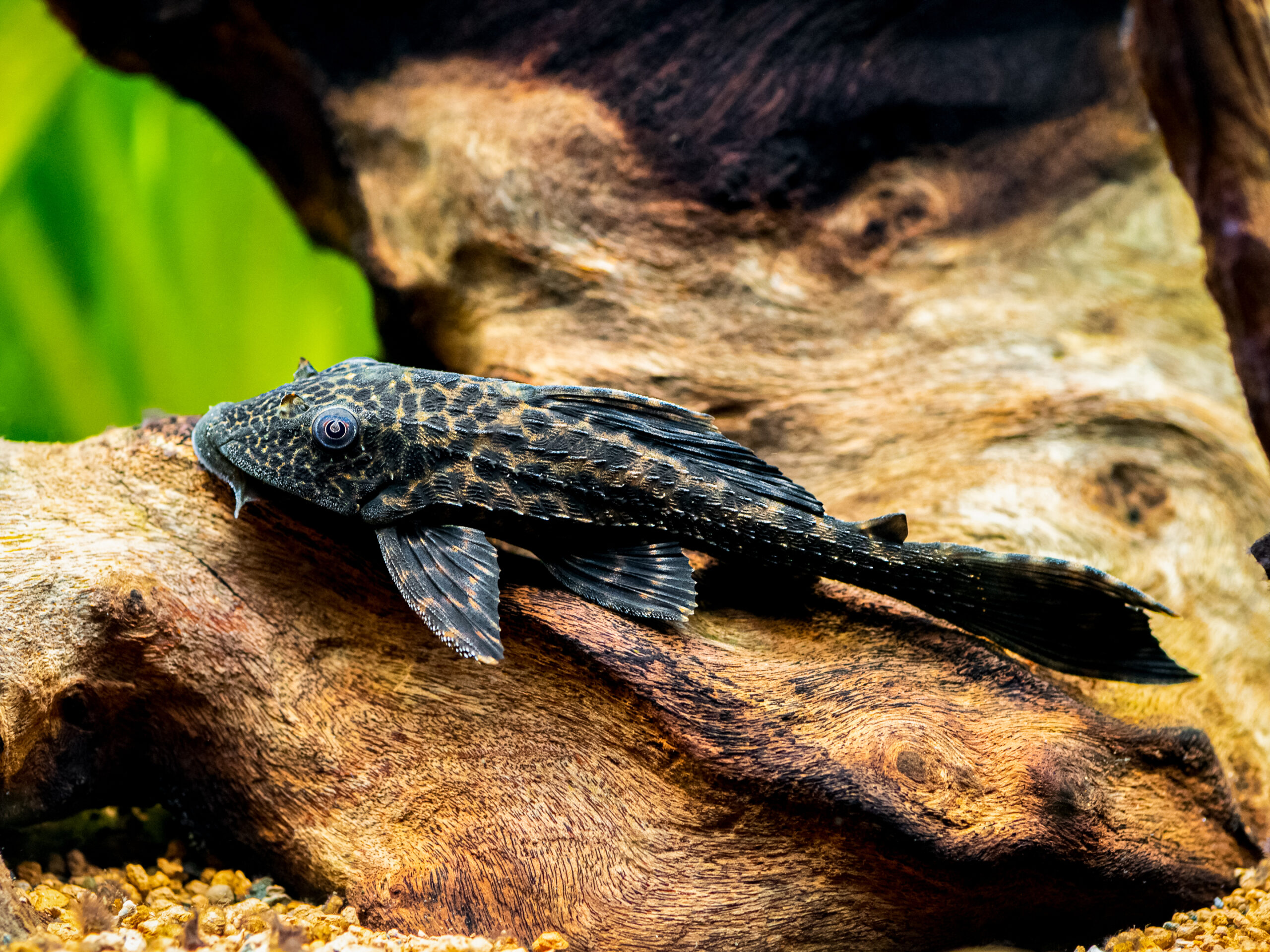
[…] puffers, also known as dwarf puffers, are small freshwater fish that require specific tank conditions to thrive. We will discuss the essential aspects of setting […]
[…] territorial while breeding and spawning. The strawberry peacock cichlid is a brightly colored freshwater fish that forms a matriarchal family. Understanding their behavior and providing suitable tank mates and […]